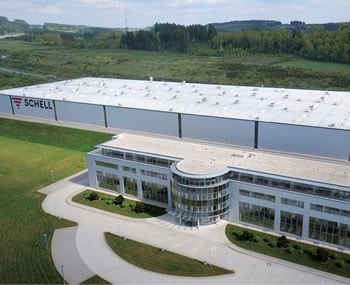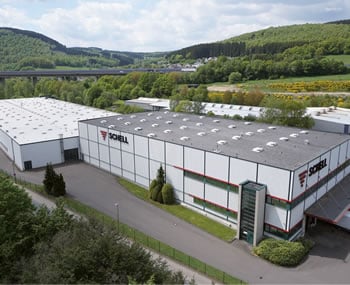Preventing Legionella: planning tips to avoid elevated Legionella values
6-minute read
How can drinking water installations in buildings be protected against critical Legionella contamination? What solutions are available for effective operations and maintaining drinking water quality? In this interview, SCHELL’s resident hygiene expert Dr Peter Arens and Markus Mohr, Sales Coordinator for Planning/Skilled Trades, offer some tips for planners looking to address drinking water hygiene.
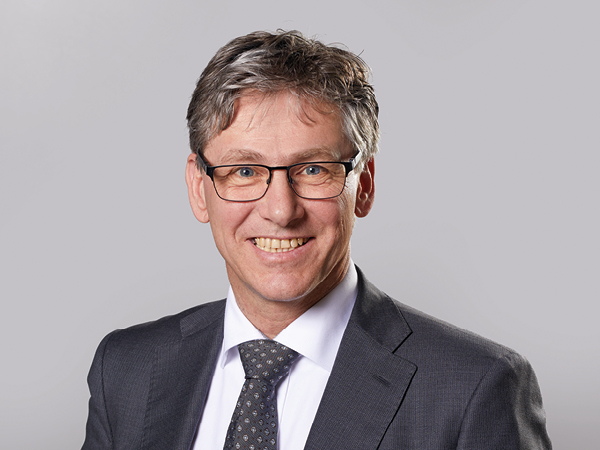
Which requirements need to be met to ensure the specified normal operation of a drinking water installation?
Arens: The key requirement here is derived from section 17 of the German Drinking Water Ordinance: facility managers need to ensure a regular exchange of water across all tapping points and primarily as part of normal usage. If usage is interrupted for longer than 72 hours, this exchange of water must be completed manually or automatically to ensure that the drinking water quality is maintained. Good-quality drinking water also depends on two other key requirements: cold water lines must not rise above 25 °C for prolonged periods (PWC ≤25 °C), while hot water lines must stay at 55 °C or higher (PWH ≥55 °C).
What do planners need to take into account in order to ensure their drinking water installation is as safe as possible?
Arens: At the planning and assembly stage, drinking water installations should be kept as ‘lean’ as possible, i.e. by minimising the water volume pursuant to VDI 6023 Part 1. During subsequent operations, this ensures that no special measures will be required to ensure a frequent exchange of water across all tapping points. As regulations require the exchange of water across all tapping points for hygienic reasons, I’d once again recommend prioritising the deployment of T-piece installations and planning in as few tapping points as possible. This significantly lowers the initial investment. Ring-in-ring installations are also questionable from an energy-saving perspective: in comparison with a serial or T-piece mains, these have double the surface area available for generating avoidable circulation heat losses, while also heating cold water lines above critical threshold values. The resulting stagnation flush quantities are often not up to modern standards. In summary, then, the idea is to keep water volumes low and water exchanges high during normal operations, and to reduce surface areas in order to promote hygiene and save energy. This offers a way to harmonise drinking water hygiene and savings on energy or water from the outset – also for stagnation flushes as a result of interruptions in use.
What measures can facility managers adopt to maintain drinking water quality?
Arens: The ideal approach is to keep ducts for hot and cold water lines separate. This is a clear requirement for the architect that clients often overlook because they are not yet thinking about running costs at this stage in the project. But this is the only way to ensure that cold water lines are kept at 25° C or below on hot summer days without using active cooling systems. Clients and planners should also communicate as early as possible on this topic, so that planners know about the areas of the building where usage interruptions may well occur. Planners can then develop flushing plans directly and add these to the operations handbook. This is important, because running costs should always be considered when making decisions about the products to deploy. In this respect, automated flushes are considerably more efficient than manual flushes, so their higher procurement costs are recouped very quickly.
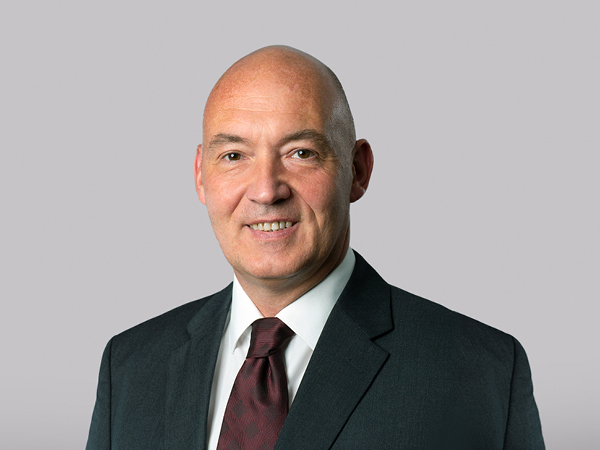
Markus Mohr: Although these kinds of consultations are both necessary and advisable – and actually required by VDI 6023 – they occur all too infrequently in practice. I’ve often experienced a situation where the building has been planned and built even though later usage did not (or no longer) matched the original planning.
In your experience, what are the biggest deficits in terms of information on the facility manager side?
Markus Mohr: I do see a basic appreciation for the topic of drinking water hygiene on the part of all of those involved, but the technical regulatory schemes only offer a rough framework for implementation, while defining the targets. Stakeholders are not offered much guidance in actually achieving these targets in practice. So, time and again, I experience a ‘disconnect’ between applicable standards and an adequate, well-designed implementation. Many building owners focus first on up-front investment costs and therefore decide against electronic fittings with water management capabilities on principle. Often, owners are simply unaware that electronically controlled fittings can save water – up to 70 percent compared with regular single-lever mixers – while offering support for maintaining drinking water quality. But this can be an expensive mistake later, when manual flushes start pushing running costs up over the long term – while the slightly higher initial investment in a water management system that would enable automatic stagnation flushes is a one-off cost with a rapid ROI. In day-to-day operations, approaches to saving energy and water are often misunderstood, resulting in problems with drinking water quality. PWH temperatures might be reduced, for example, or flushes made with inadequate quantities of water at infrequent intervals. Manual flushing often does not achieve the required volume flow rate, because there simply aren’t enough staff available to open the required number of fittings at the same time.

How successful are you at addressing the topic of drinking water hygiene?
Markus Mohr:I make the most of my customer liaison and adviser role to demystify the idea of a water management system even at the planning stage. I describe how automated flushing is possible using the SCHELL SWS Water Management System across every tapping point, as required by VDI 6023. And I also remind clients that electronically controlled fittings can ensure that drinking water installation operations remain cost-effective and hygienic. I provide advice and assistance later on the construction site itself. As a final step, one of my colleagues will then commission the Water Management System on site with the customer.
In your experience, which errors in practice typically lead to a critical case of Legionella contamination?
Markus Mohr: There are lots of things that can go wrong here. Sometimes, it’s just the little things – like the tap in the janitor’s room that’s no longer manually flushed because someone put a cleaning cart in the way or the shower in the changing room that’s not been used for three weeks because the employee is on holiday. Another example would be the wash basin tap in a classroom that isn’t used during summer break. Stagnation resulting from unused tapping points and infrequent exchanges of water – not accurately simulating ‘specified normal operation’ – plus critical temperatures are the main causes for critical cases of Legionella.
Arens: Facility managers can use temperature sensors to remotely identify deviations from the target temperatures for PWC and PWH well in advance, allowing them to proactively prevent problems before they occur. In the future, a Water Safety Plan, as introduced by the German Federal Environment Agency back in 2020, will be used to replace a purely reactive Legionella strategy with a preventive approach. This not only protects users but helps facility managers avoid the significant expense of a time-consuming hazard assessment that requires the entire installation to be inspected for compliance with the generally recognised codes of practice.
Flushing stations are a popular choice for maintaining drinking water quality. What’s your opinion on them?
Arens: As I see it, they are now already surplus to requirements, because an exchange of water needs to be assured at each tapping point, which means that T-piece installations and (in special cases) serial mains are the solution of choice here. Flushing stations are also significantly more expensive than one or two fittings with a comparable litre-per-minute rating, while also needing an unnecessary, extra water/waste water connection. Savings on initial investment and installation costs can then go towards acquiring a water management system, which will reduce operating expenses on a permanent basis.
Markus Mohr: With flushing stations, all connections need to be ‘daisy-chained’. As a result, the supply network and pipe surface area is frequently enlarged unnecessarily. This not only increases costs for materials and installation but also the flushing volume. Terminal flushing, however, at the fitting or MONTUS Flow cistern that is present anyway and centrally controlled by the SCHELL SWS Water Management System, creates a lean installation with one system for all tapping points. Facility managers also get a single system to work with, which they can learn to use to its fullest extent. No other setting tools are necessary and all of the key parameters can be viewed on a single interface.
As a final comment, what tips would you offer planners when designing a safe drinking water installation?
Arens: Planners should quickly establish a rapport with investors. As per VDI 3810 Part 2/VDI 6023 Part 3, the ‘room schedule’ (‘Raumbuch’) is a suitable instrument for structuring such meetings, to find out about the client’s fit-out ideas and potential interruptions to building use. Planners can then draw up a quote to account for all this, including flushing schedules. Planners should also include the sampling point setup in their quotes – this is actually required by the German legislation, but many facility managers do not know this. So the quote should not only include a functional drinking water installation but also include key aspects of operating it to hygienic standards.
Markus Mohr: I’d certainly agree to all of that: ongoing operating costs definitely need to be included as part of the quote, to ensure that the drinking water installation can be operated to meet hygiene requirements, as well as efficiently and cost-effectively.

![[Translate to English:] [Translate to English:]](/fileadmin/_processed_/1/b/csm_symstemloesungen_e2_thumb_6bca267f26.jpg)
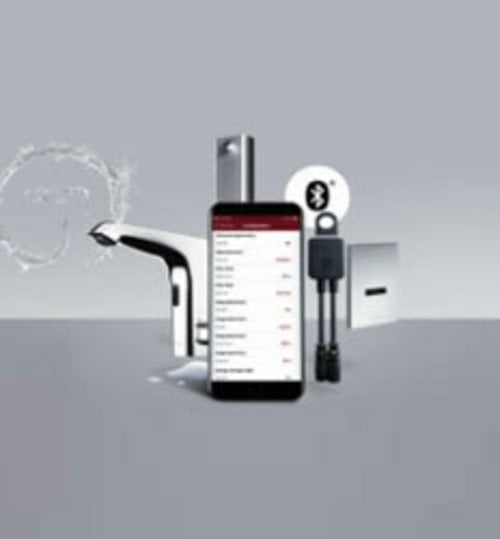
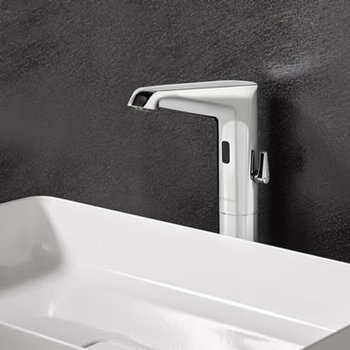
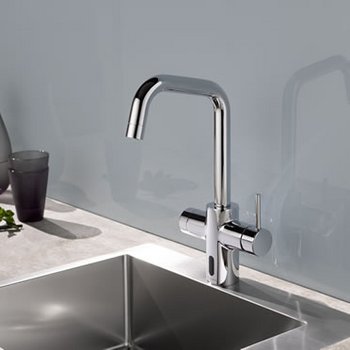
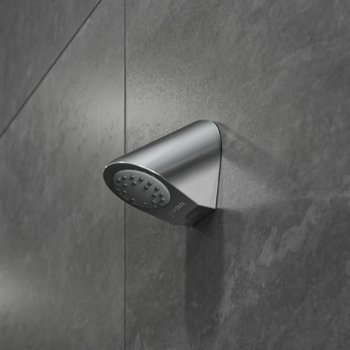
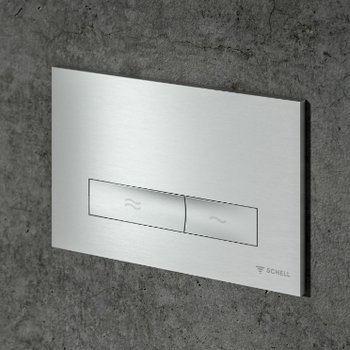
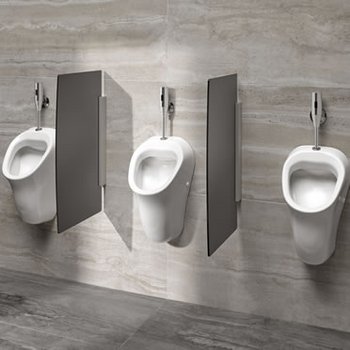
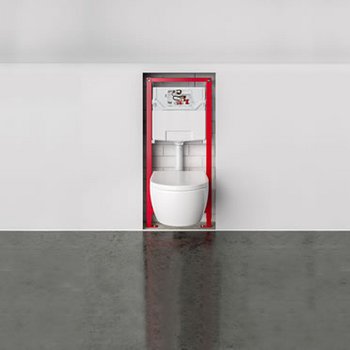
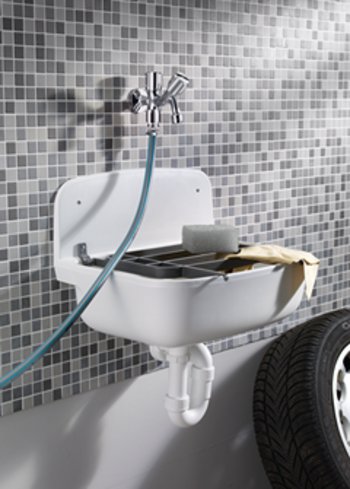
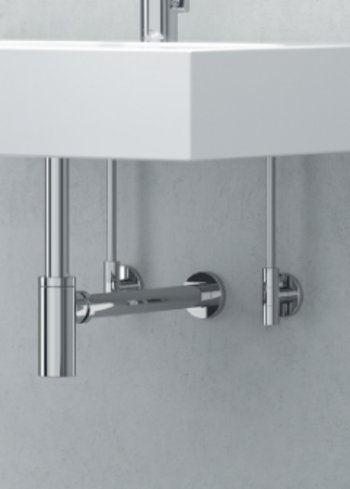
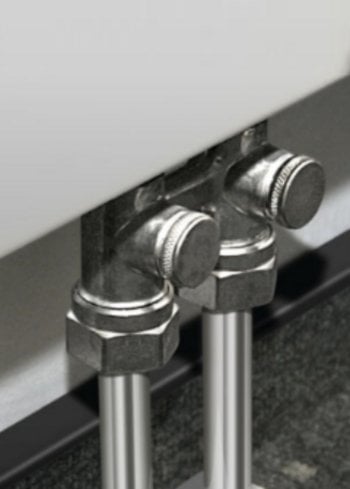
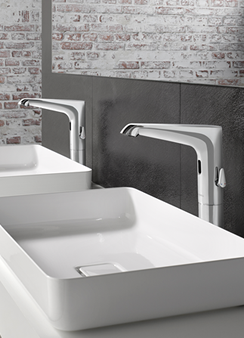
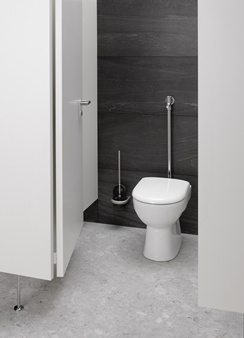
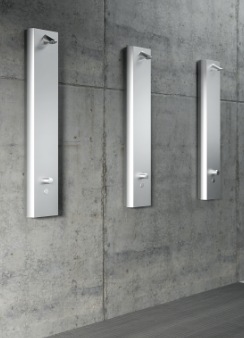

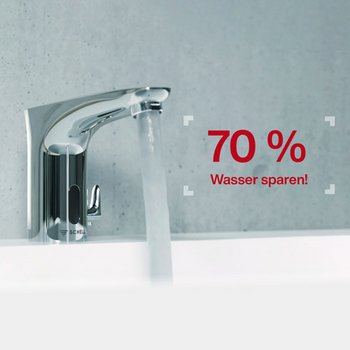
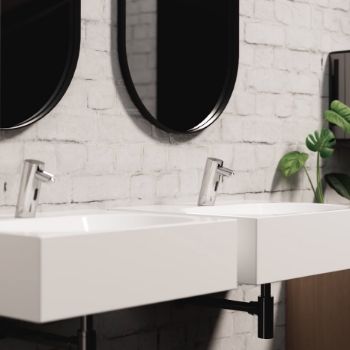


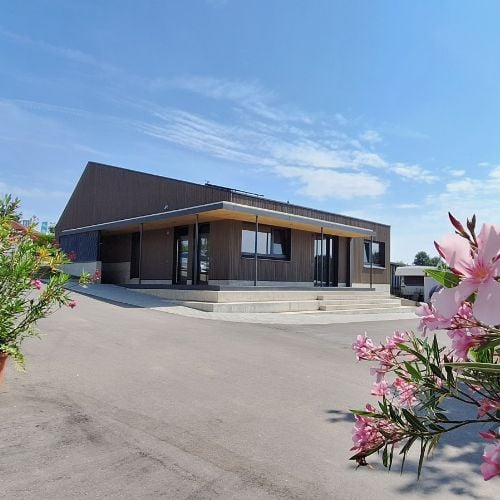

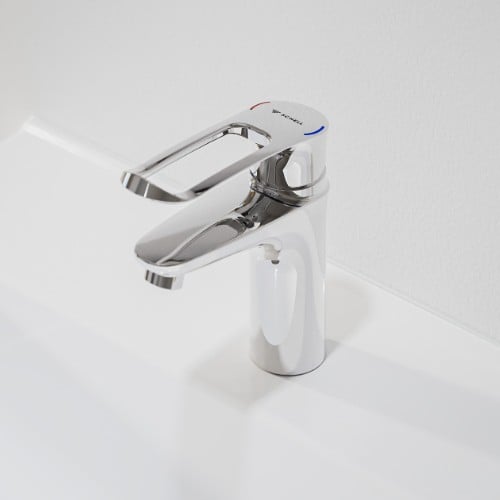
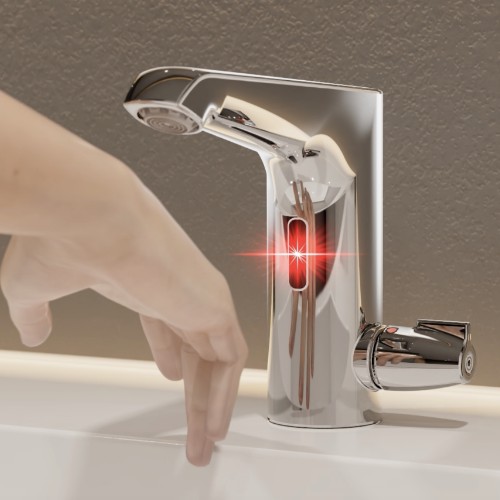
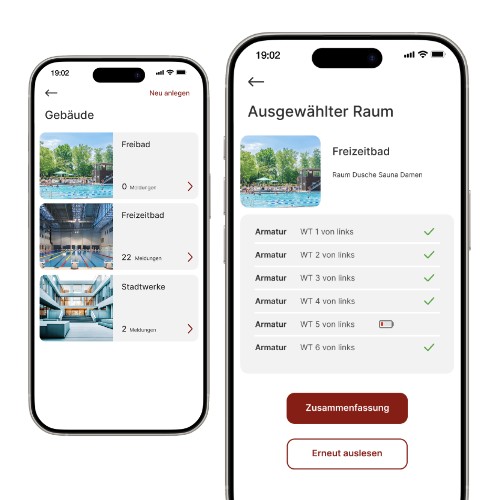
![[Translate to English:] [Translate to English:]](/fileadmin/user_upload/images/menu/menu_service_downloads_broschueren.jpg)
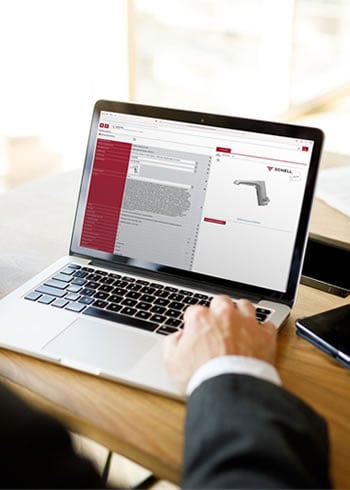



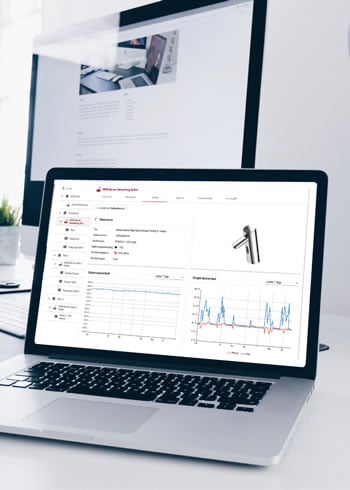

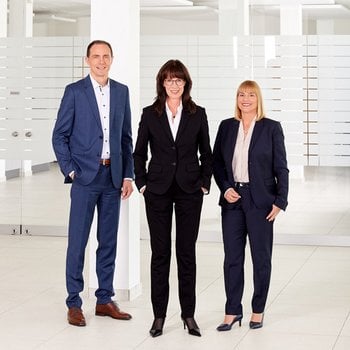
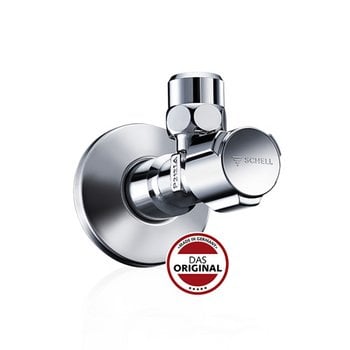
![[Translate to English:] [Translate to English:]](/fileadmin/_processed_/7/7/csm_menu_unternehmen_ueber-schell_awards_f6cec25b1d.jpg)
![[Translate to English:] [Translate to English:]](/fileadmin/_processed_/a/0/csm_menu_unternehmen_ueber-schell_wasser-sparen_41036d2dd9.jpg)


